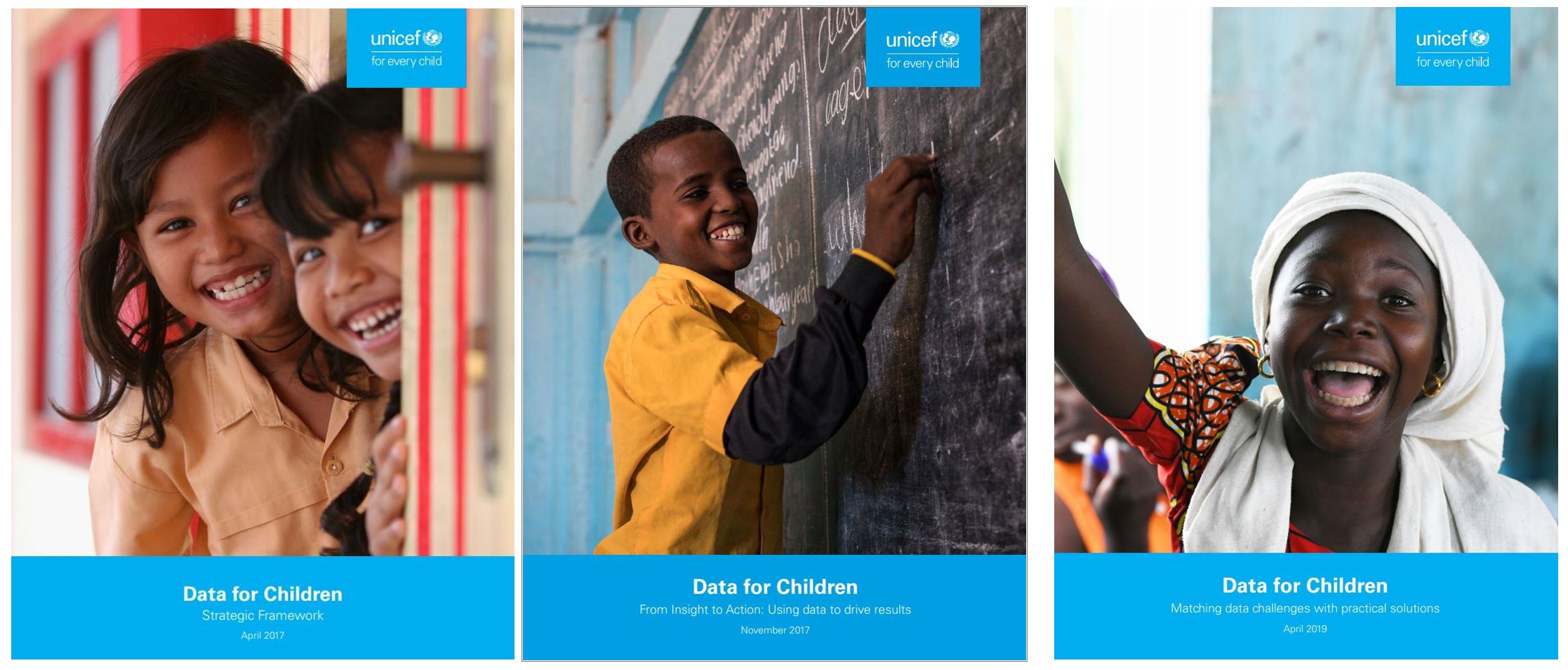Download Strategic Framework Download brief 1 Download brief 2
Data hold more potential than ever before to shape the lives and living conditions of children. Therefore, it is crucial that UNICEF approach its data work with an understanding of both what it means to unleash the power of data for children and our own role in that process. By defining key principles for our data work, this Strategic Framework is the first step in doing just that. It is designed to provide a broad overview of how UNICEF thinks about data for children and to lay out initial steps – already underway in numerous countries – for reorienting our investments.
To learn more, please watch the webinar and read the slide deck.
The first brief entitled, From Insight to Action: Using data to drive results, is part of those efforts to make the case for strategic, action-oriented data work. It includes five examples of how UNICEF and its partners are using data to tackle problems ranging from effective messaging in a public health emergency to getting children back to school after they have been displaced by violence.
The second brief, Matching data challenges with practical solutions, outlines the work undertaken in the two years since the launch of the global Strategic Framework. At global, regional and country levels, offices are thinking critically about how stronger data demand and better use can help push change for children further and faster. As a result, UNICEF has identified several areas where more focused investments in data for action can accelerate results.
These now include expanding strategic planning of data work; strengthening administrative data systems; addressing the specific challenges of data in humanitarian contexts; and – cutting across areas – raising the floor of data savvy for UNICEF staff across the world. In addition, a Geospatial Roadmap outlines a new organizational approach to matching the demand for the data, technology and talent that’s needed to harness the power of geospatial data, which in turn helps us make better decisions and reach every child.
